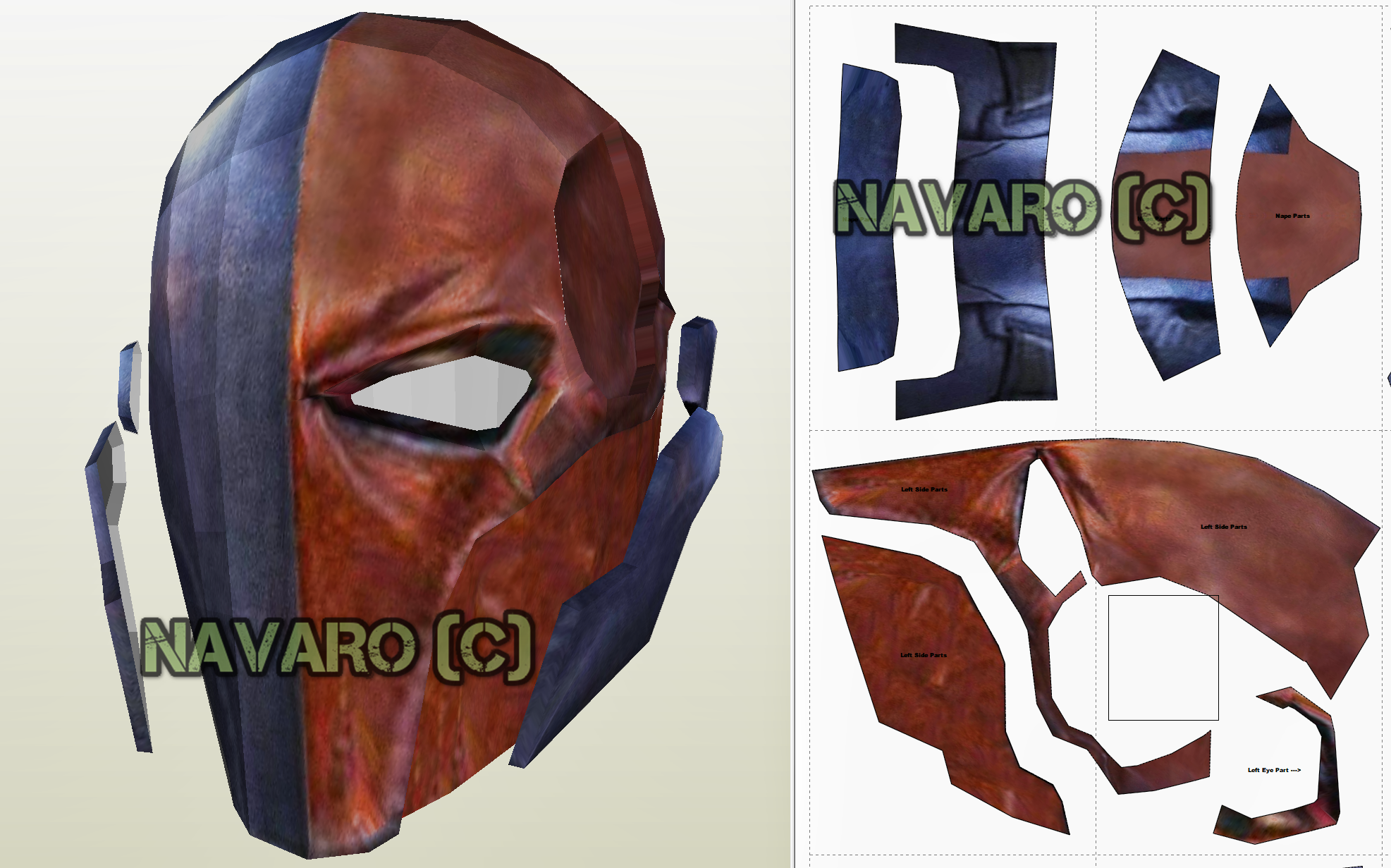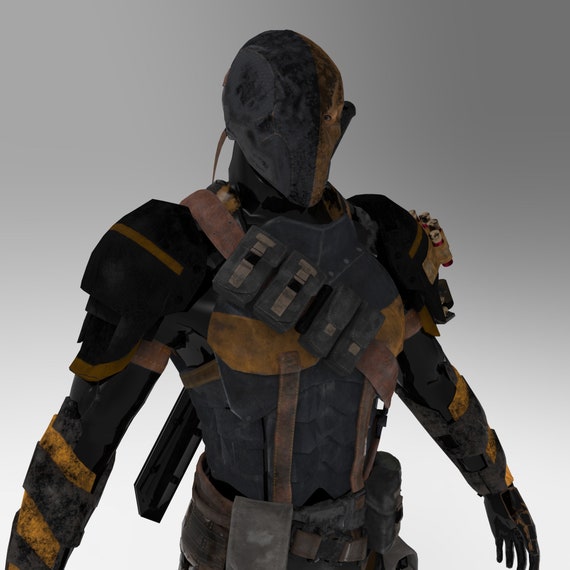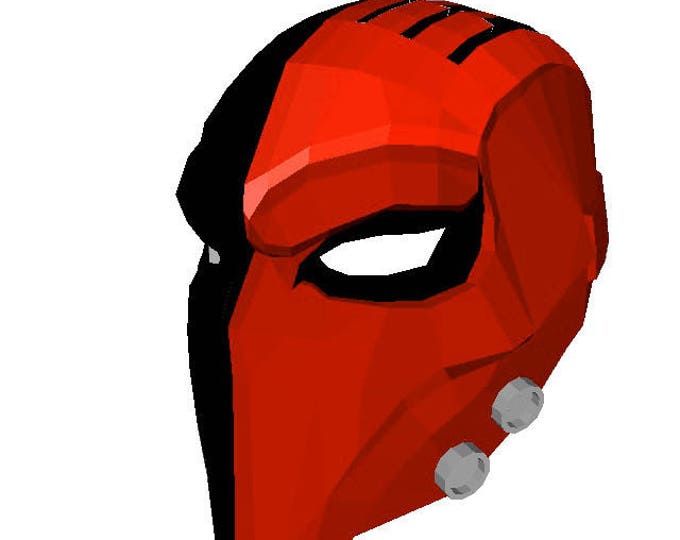

The soldering iron was relatively low powered, and the blade large enough to act as a heat sink, and dissipated heat very quickly, so it didn't cut as fast as a Stanley knife could, but it's worth considering getting a dedicated hot-knife tool if you can afford one. It was great for two things chamfering foam details that I'd already stuck down and were inconvenient to cut with a knife, and using as a spatula to melt and smooth out glue along "weld" lines. This is actually made one out of an old soldering tip, a used blade and a pair of motherboard standoffs. If you have any small gaps between overlapping sections, glue can also be used to fill them. The best way to attach foam sections to each other.

It also helps to seal the foam so it doesn't act like a sponge when painting it. Its purpose is to allow you to bend the foam to curve and even dome it (Press it firmly over a knee while it is hot), and retain its shape after cooling. I actually used a paint stripper, but a heat gun would have the same effect.

A new blade will let you cut out these thin overlays with just a few sideways strokes. A single side of the blade should see you through 1-2 sheets of EVA foam before it starts to snag and needs rotating or replacing, however, where it is necessary to cut horizontally through the foam to produce a thin layer just a few mm thick (Outlines for the abs, spine and shoulder pads), anything other than a fresh blade will have you sawing away at the foam like a mad doctor. Credit to Tom Rose and Robert Mann for taking the first and second images respectively The lack of needing to resin or fibreglass the majority of the costume (Except for the mask) meant the building stage was significantly shorter, and could be done without having to make numerous trips outside to mix resin.
#Deathstroke pepakura how to#
With a completion time of around 200 hours, the time span was closer than I would have liked to the 300 hours my fibreglass Halo armour took, however, at least 50 hours of this costume was taken up in working out how to turn the armour sections into 2D nets, measuring the reference images, and drawing the designs onto foam. £5 - 50x Glue gun sticks (11mm x 300mm).A rough breakdown of the material cost is as follows. Other inexpensive items I used, but already had were elastic and Velcro, although these are available at a low cost of around £1 a metre (I used about a metre of each). Some I'd already purchased for use with my other costumes, like the thermal top, and others I had plenty spare after finishing (glue gun sticks). The build time was about 10 weeks (200 hours) and cost about £60 in parts. Using mainly foam, this costume turned out to be far more flexible, comfortable and lighter than my previous fibreglass builds, and the simple dual colour paint job was both eye catching and quick to complete. While tempted by the concept art for Injustice, there were too few clear pictures of it, so I settled on the Arkham Origins version of Deathstroke.
#Deathstroke pepakura series#
After finishing the second season of the TV series "Arrow", I knew I would have to make a Deathstroke costume.


 0 kommentar(er)
0 kommentar(er)
